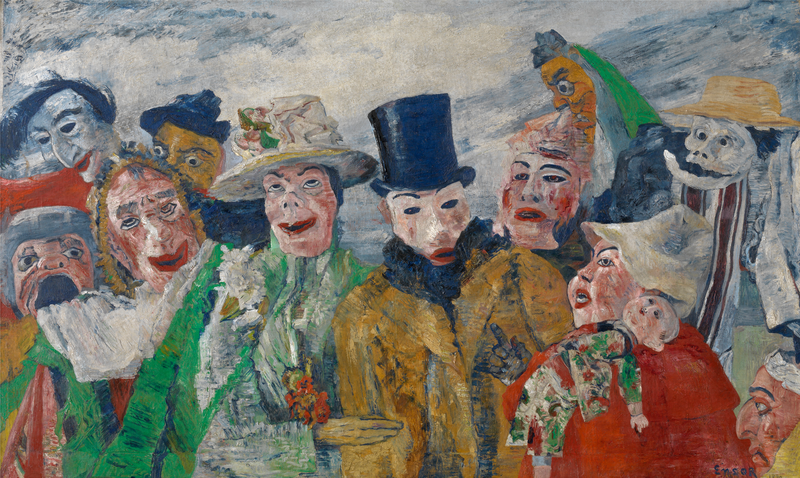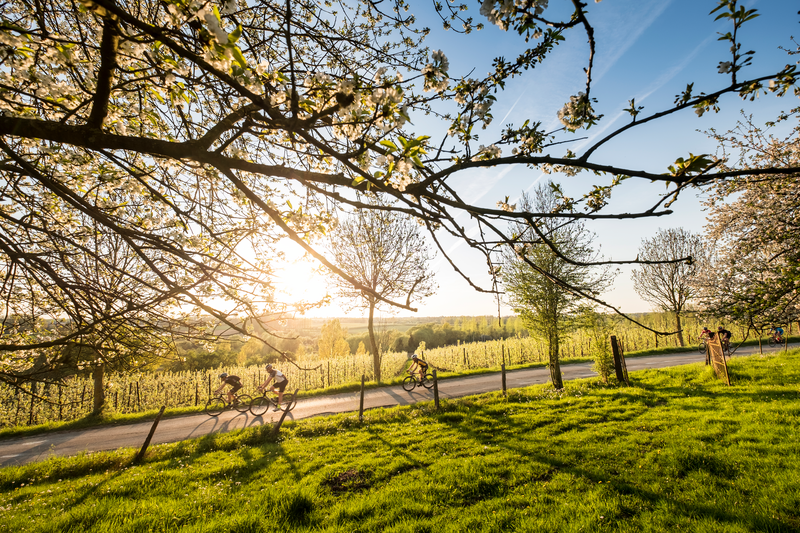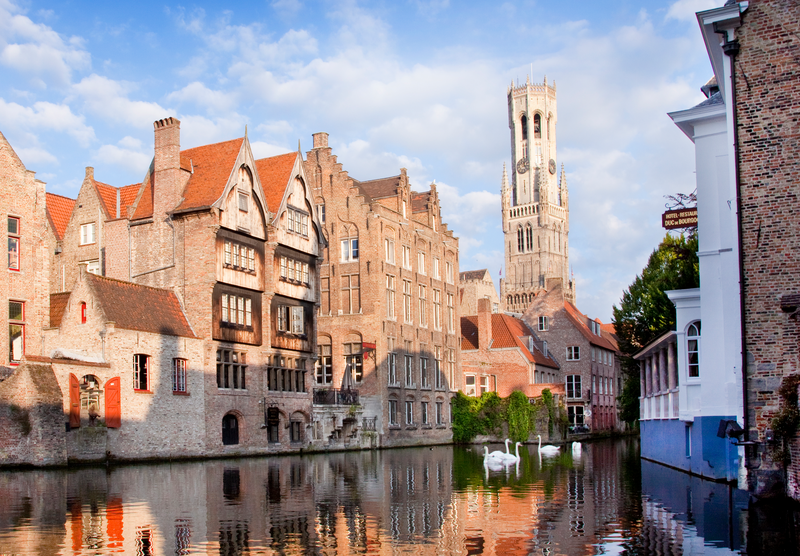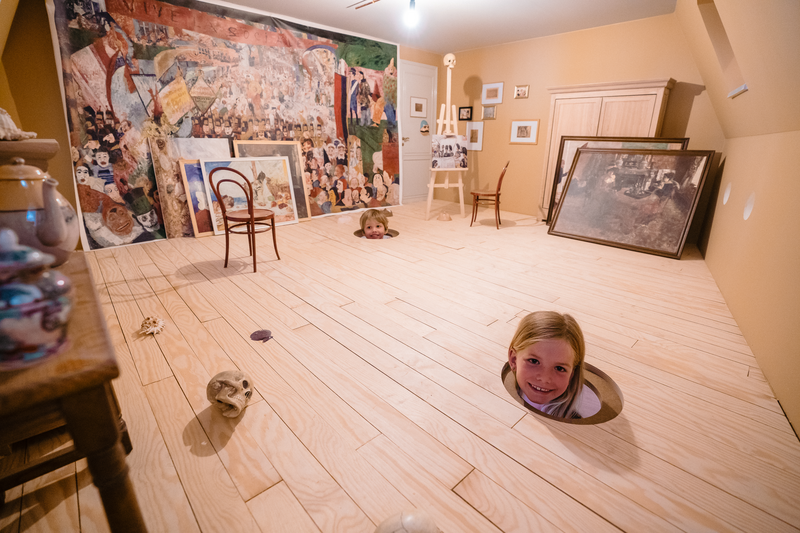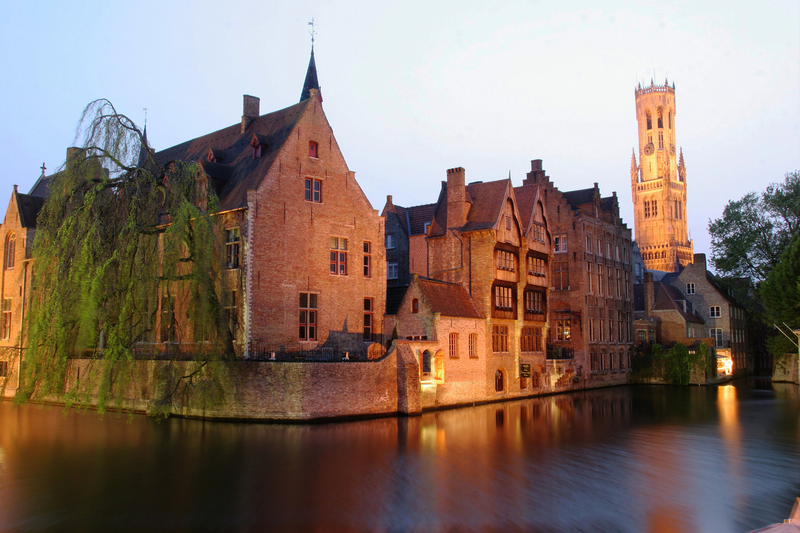Discover Flanders

Flanders is packed with heritage, from stylish Antwerp, picture-perfect Bruges, the capital Brussels and best-kept secret Ghent to cosy Leuven and Mechelen.
This legacy was built by many generations of brilliant craftsmen such as the Flemish Masters Jan Van Eyck, Pieter Bruegel and Peter Paul Rubens. They and their heirs make Flanders the cultural gem it is today. The same goes for our unique food and beer culture. Expertise and know-how are passed on from generation to generation and our chefs and brewers are building new heritage with the same boldness. Our craftspeople are the beating heart of Flanders.
Many-faceted Flanders
Whether it involves culinary delights (beer!), diamonds or nanotechnology, architecture or comic strips, charming and vibrant cities or nearly unspoilt nature interspersed with historic castles and beautiful gardens, Flanders offers modern craftsmanship built on ancient traditions. This is what sets Flanders apart.
Inspiring itineraries
Only in Flanders for a few days and want to make as much of your visit as possible? Looking for a romantic weekend getaway or a more active holiday? We are happy to inspire you with these itineraries.
The Flemish coast: 67 kilometres of beach, culture history and heritage
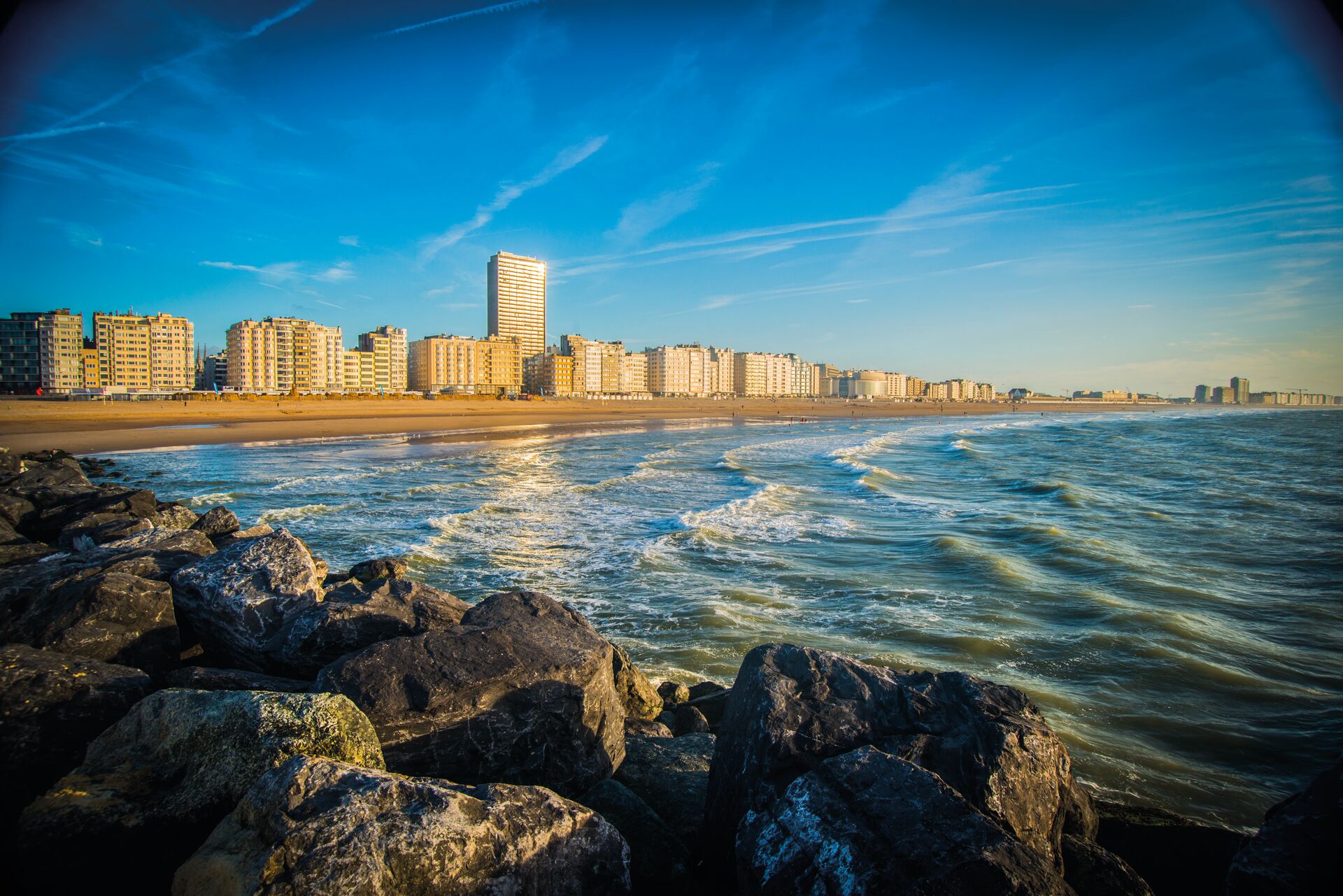
Discover Flanders with your family
Welcome to Flanders! Here you can experience and discover so much along with the whole family, very quickly and within a short distance.
